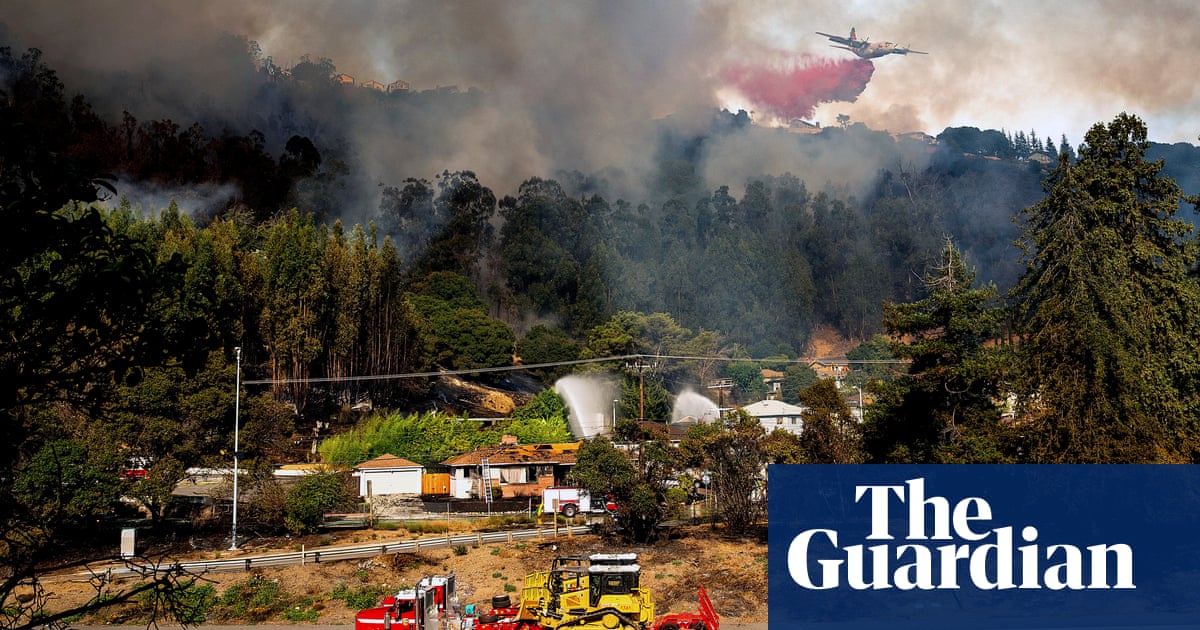Killing Hassan Nasrallah, the leader of Hezbollah, was a step toward changing “the balance of power in the region for years to come”, the Israeli prime minister, Benjamin Netanyahu, said on Saturday. Yet, just days later, Iran launched a massive missile attack on Israel, bypassing its formidable air defenses and signaling the high costs and risks of further escalation for Tel Aviv.
Indeed, while Israel has achieved significant tactical victories in recent weeks, including the assassination of Nasrallah and other key Hezbollah leaders, the broader question remains: can these successes fundamentally alter the region’s strategic dynamics?
At the heart of this conflict lies a deeper challenge: the evolving Palestinian struggle. As Amichai Ayalon, former head of Israel’s Shin Bet intelligence agency, noted in a recent interview, Palestinians do not see themselves as merely resisting oppression or seeking immediate relief from hardship. Instead, they view themselves as a nation fighting for independence.
Ayalon articulated this shift when he stated: “Palestinians today – not just Hamas, but all of them – are willing to fight and die, not for food, but for ending the occupation or achieving independence. From the moment they see themselves as a nation, the war becomes entirely different.”
This observation speaks to a broader historical pattern: when national movements fighting for self-determination emerge, conventional military power alone is often insufficient to quash them. Whether in Vietnam, Afghanistan or Israel’s own protracted conflict, guerrilla forces with deep nationalist grievances and popular support have shown resilience, outlasting state militaries despite overwhelming odds.
Israel’s recent tactical successes, though impressive, have failed to deliver the strategic breakthroughs Netanyahu seeks. Despite destroying parts of Hezbollah’s leadership, the Israel Defense Forces (IDF) have been unable to achieve one of their core objectives: pushing Hezbollah north of the Litani River to secure northern Israel. This failure leaves displaced Israelis unable to return home, as Hezbollah’s presence and capabilities remain intact. In recent days, Hezbollah has sharply escalated its attacks on Israel, striking deeper into Israeli territory and repelling an Israeli ground invasion. An Israeli offensive resulted in the deaths of at least eight IDF soldiers, with reports of a subsequent IDF retreat.
Meanwhile, Hamas continues to demonstrate its resilience in Gaza, regularly launching attacks on Israeli forces. As a former Israeli general recently admitted that Hamas had retaken towns within “15 minutes” of Israeli withdrawals, underscoring the group’s enduring strength and the limits of Israel’s tactical gains in securing lasting control.
The broader regional context further complicates Israel’s goals. Iran, a central player in the so-called “resistance axis”, has once again demonstrated its ability to bypass Israel’s sophisticated air defense systems with a missile strike that inflicted significant damage. Videos have circulated showing numerous missiles making impact, underscoring the severe costs of full-scale conflict with Iran.
Tehran’s goal is to establish a new deterrence equilibrium, which it will have achieved if Israel refrains from launching a major retaliatory attack on Iran in the near future. However, even if this equilibrium is reached, it is likely to be highly unstable and temporary as long as the fighting continues in Gaza and Lebanon.
Additionally, while Israel’s dominance in airpower and intelligence against its adversaries is undisputed, these advantages do not fully translate to ground warfare, where the situation becomes far more challenging. Hezbollah’s resilience, demonstrated through its ongoing attacks and successful repulsion of an Israeli ground invasion, underscores the difficulties Israel faces in securing lasting territorial and military gains. This makes Israel’s broader strategic objectives, such as pushing Hezbollah north of the Litani River, increasingly elusive.
The reality is that Israel’s adversaries are waging an asymmetrical war of attrition, a strategy that has proven effective against conventional state forces throughout modern history.
Iran’s approach to this conflict is designed for the long game. By relying on unconventional guerrilla forces like Hezbollah and Hamas, Iran can wage a war of attrition without directly engaging in large-scale combat. This strategy, which has been honed over decades, exploits Israel’s vulnerabilities in protracted conflicts. As seen in Vietnam or Afghanistan, conventional armies – despite superior technology and firepower – are often constrained by the political and economic pressures faced by the occupying state. Guerrilla forces, on the other hand, can absorb heavy losses and continue fighting, leveraging popular support to fuel their resistance.
For Israel, the road ahead is increasingly uncertain. To realize Netanyahu’s vision of a “new Middle East”, Israel must confront not only the immediate military threats but also the deeply rooted nationalist ambitions that fuel its adversaries’ resistance. Failing to address these underlying grievances has trapped Israel in an enduring, costly conflict – one where military force alone cannot secure a decisive or lasting peace.
To secure long-term strategic dividends and lasting security, Israel must consider an alternative approach beyond military force. By ending the war on Gaza – a move that Hezbollah and the Yemeni Houthis have indicated would stop their attacks – Israel could open a path to broader peace. This would create the space to negotiate a two-state solution with the Palestinians, based on past proposals for a contiguous Palestinian state with East Jerusalem as its capital. Such an agreement would not only fulfill the Palestinians’ aspirations but also win Israel recognition from the broader Arab world, fundamentally shifting the regional dynamic.
Moreover, this would disarm Iran from using the Israeli-Palestinian conflict as a lever to increase its regional influence. Iranian leaders have publicly stated that they would ultimately agree to any solution the Palestinians reach with Israel, removing a key source of Tehran’s ability to play the conflict to its advantage.
As Ayalon emphasized, the key to lasting peace lies in providing Palestinians with a political horizon: “As the war continues, Hamas gains more power. The only way to defeat Hamas is to create that horizon. When the Oslo accords were signed, only a minority of Palestinians supported Hamas, but when there is no horizon, Palestinians rise up, as they did during the Second Intifada.”
Israel now has the opportunity to create that horizon – securing not just temporary military victories, but a sustainable, peaceful future for itself and the region.
-
Sina Toossi is a senior non-resident fellow at the Center for International Policy, where his work focuses on US-Iran relations, US policy toward the Middle East and nuclear issues

 2 weeks ago
2 weeks ago
 (200 x 200 px).png)







 English (US) ·
English (US) ·